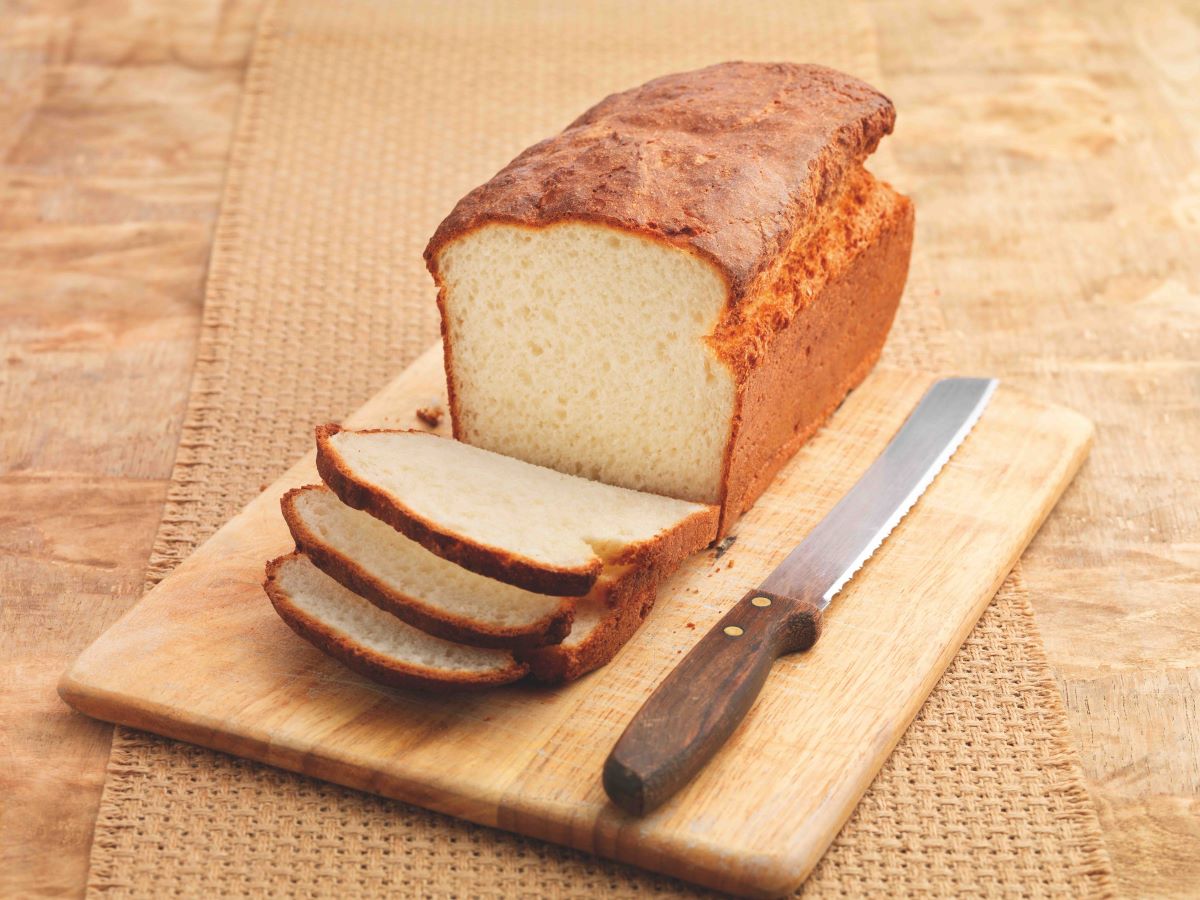

Articles
How To Store Gluten Free Bread
Modified: December 7, 2023
Learn how to store gluten-free bread properly to keep it fresh and delicious. Discover helpful tips and tricks in this informative article on gluten-free bread storage.
(Many of the links in this article redirect to a specific reviewed product. Your purchase of these products through affiliate links helps to generate commission for Storables.com, at no extra cost. Learn more)
Introduction
Gluten-free bread has become increasingly popular among individuals with dietary restrictions and those adopting a gluten-free lifestyle. Made from alternative flours such as rice, almond, or tapioca, gluten-free bread offers a delicious and viable option for those who cannot consume gluten.
However, storing gluten-free bread properly is crucial to maintaining its freshness and preventing staleness. With its unique composition, gluten-free bread requires specific storage techniques to ensure its quality and longevity.
In this article, we will discuss the factors to consider before storing gluten-free bread, the best practices for storage, different storage options, how to properly wrap gluten-free bread, tips for extending its shelf life, and the common mistakes to avoid. By the end of this article, you will be equipped with essential knowledge on how to store gluten-free bread correctly and enjoy it at its best.
Key Takeaways:
- Properly storing gluten-free bread is crucial for maintaining its freshness and quality due to its unique composition and lack of gluten. Factors such as moisture content, temperature, and air exposure must be considered to ensure longevity.
- Following best practices, such as using airtight containers, considering freezing, and proper wrapping techniques, can significantly extend the shelf life of gluten-free bread. Avoiding common mistakes, like improper sealing and storing at room temperature for too long, is essential for preserving its freshness.
Read more: How To Store Homemade Gluten Free Bread
Understanding Gluten-Free Bread
Gluten-free bread is a type of bread specifically made without gluten, a protein composite found in wheat, barley, and rye. People with celiac disease, gluten intolerance, or a wheat allergy often rely on gluten-free bread as a safe alternative.
Traditional bread contains gluten, which provides elasticity and structure. Gluten-free bread, on the other hand, uses alternative flours and binding agents to create a similar texture. Common substitutes for wheat flour include rice flour, almond flour, corn flour, and tapioca flour. These flours each have unique properties that contribute to the overall taste and texture of gluten-free bread.
It’s worth noting that because gluten-free bread lacks the protein and structure of traditional bread, it tends to have a drier and crumblier texture. This can make it more susceptible to drying out and going stale if not stored properly.
Furthermore, gluten-free bread often contains fewer preservatives than its gluten-containing counterparts. This is another reason why proper storage is crucial to maintain its freshness and prevent spoilage.
Understanding the unique characteristics of gluten-free bread will help you make informed decisions when it comes to storing it. By following specific guidelines, you can ensure that your gluten-free bread stays fresh and enjoyable for as long as possible.
Factors to Consider Before Storing Gluten-Free Bread
Before storing gluten-free bread, there are several factors to consider that will help maintain its freshness and quality:
- Moisture content: Gluten-free bread tends to have a higher moisture content compared to traditional bread. This higher moisture content can lead to faster spoilage if not properly stored. It’s essential to choose the right storage method to prevent excess moisture buildup.
- Temperature: The temperature at which you store your gluten-free bread can significantly impact its shelf life. Storing it at room temperature can lead to quicker staleness, while storing it at extremely low temperatures can cause it to become dry and lose its softness. Finding the right balance is crucial.
- Air exposure: Gluten-free bread is more prone to drying out due to its lack of gluten. It’s important to minimize air exposure to prevent it from becoming stale. Proper wrapping methods will be discussed in the next section.
- Packaging: Consider the packaging of the gluten-free bread when purchasing it. Look for bread that is vacuum-sealed or comes with a resealable bag to help preserve freshness. If the bread comes in a regular plastic bag, transferring it to a more airtight container is advisable.
- Humidity: Gluten-free bread can be sensitive to high humidity levels, causing it to become soggy. It’s important to store it in a location with low humidity to prevent moisture absorption.
Taking these factors into account will ensure that you choose the appropriate storage method and effectively prolong the shelf life of your gluten-free bread. Now that we have discussed these factors, let’s move on to the best practices for storing gluten-free bread.
Best Practices for Storing Gluten-Free Bread
To maximize the freshness and shelf life of your gluten-free bread, it’s essential to follow these best practices for storage:
- Keep it sealed: Whether your gluten-free bread comes in a vacuum-sealed bag or a resealable package, it’s important to keep it sealed when not in use. This helps to maintain its freshness and prevent exposure to air, which can cause it to dry out and become stale.
- Store at the right temperature: Avoid storing gluten-free bread at room temperature, as it can lead to quicker staleness. Instead, consider storing it in the refrigerator. The cooler temperature will help to slow down the staling process and keep the bread fresh. Take the bread out of the fridge a few minutes before consuming to allow it to come to room temperature.
- Use airtight containers: If your gluten-free bread doesn’t come in a resealable package, transfer it to an airtight container. This will help maintain its moisture content and prevent it from absorbing excess moisture from the environment.
- Separate from other foods: Gluten-free bread can absorb odors easily. To avoid any unwanted flavors or smells, store it separately from strong-smelling foods, such as onions or spices.
- Consider freezing: If you don’t anticipate consuming your gluten-free bread within a few days, consider freezing it. Freezing helps to preserve the freshness and texture for a longer period. Slice the bread before freezing, so you can easily thaw and toast individual pieces as needed.
By following these best practices, you can ensure that your gluten-free bread stays fresh, soft, and delicious for an extended period. However, it’s important to know the different storage options available and how to properly wrap gluten-free bread to maintain its quality, which we will cover in the next sections.
Different Storage Options for Gluten-Free Bread
When it comes to storing gluten-free bread, there are a few different options to consider. Each option offers its own benefits and considerations:
- Refrigerator: Storing gluten-free bread in the refrigerator is a popular choice. The cooler temperature helps slow down the staling process and extends the bread’s freshness. However, keep in mind that refrigeration can also dry out the bread faster, so it’s crucial to keep it properly wrapped and sealed.
- Freezer: Freezing gluten-free bread is an excellent option if you don’t plan to consume it within a few days. Freezing preserves the bread’s texture and freshness for a longer period. Slice the bread before freezing, so you can easily thaw and toast individual slices as needed. Proper wrapping is essential to prevent freezer burn.
- Room temperature: While storing gluten-free bread at room temperature is not ideal for long-term freshness, it can be suitable for short-term consumption. Keep in mind that gluten-free bread can stale quickly at room temperature, so if you choose this option, make sure to seal the bread in an airtight container or resealable bag.
Ultimately, the storage option you choose depends on your needs and preferences. If you plan to consume the gluten-free bread within a few days, refrigeration or room temperature storage may be sufficient. If you want to extend its shelf life, freezing is the best option.
Now that we have discussed the different storage options, let’s dive into the proper techniques for wrapping gluten-free bread to maintain its freshness and quality.
Store gluten free bread in an airtight container or resealable bag at room temperature for up to 3 days. For longer storage, freeze the bread in a sealed bag and thaw slices as needed.
Read also: 12 Best Gluten Free Bread Machine For 2024
How to Properly Wrap Gluten-Free Bread for Storage
The way you wrap gluten-free bread for storage is crucial in maintaining its freshness and preventing it from drying out. Here are some proper techniques for wrapping gluten-free bread:
- Seal in an airtight bag or container: Whether you are storing your gluten-free bread in the refrigerator or freezer, it’s essential to place it in an airtight bag or container. This helps to prevent air exposure and moisture loss, keeping the bread moist and fresh.
- Wrap with plastic wrap and foil: For optimal freshness, wrap your gluten-free bread in a layer of plastic wrap followed by a layer of aluminum foil. The plastic wrap helps seal in moisture, while the foil provides an extra layer of protection from excess air and light.
- Use a bread box: If you prefer storing your gluten-free bread at room temperature, consider using a bread box. A bread box provides a controlled environment, protecting the bread from air exposure while still allowing some airflow to prevent moisture buildup.
- Slice before freezing: If you choose to freeze your gluten-free bread, it’s best to slice it before freezing. This allows for easy portioning and thawing. Wrap individual slices tightly with plastic wrap and place them in a sealed freezer bag or container.
- Repackage store-bought bread: If your gluten-free bread comes in a flimsy or insufficient packaging, consider transferring it to a sturdier bag or container. Look for airtight options that will help maintain freshness.
Remember to label your wrapped gluten-free bread with the date of storage to keep track of its freshness. Additionally, it’s important to note that once you thaw frozen gluten-free bread, it’s best to consume it within a few days to ensure optimal taste and texture.
By following these proper wrapping techniques, you can preserve the freshness and quality of gluten-free bread for an extended period, allowing you to enjoy it at its best.
Tips for Extending the Shelf Life of Gluten-Free Bread
Gluten-free bread has a shorter shelf life compared to traditional bread due to its unique composition. However, with these tips, you can extend the shelf life of your gluten-free bread:
- Store in the refrigerator or freezer: Storing your gluten-free bread in the refrigerator or freezer is the best way to prolong its shelf life. The cooler temperatures slow down the staling process, keeping the bread fresher for a longer period.
- Wrap and seal it properly: Use proper wrapping techniques, such as plastic wrap and foil or airtight bags and containers, to seal in moisture and prevent air exposure. This helps to maintain the bread’s freshness and prevent it from drying out.
- Slice before freezing: If you plan to freeze your gluten-free bread, slice it before freezing. This allows you to thaw and consume smaller portions as needed, without having to thaw the entire loaf.
- Thaw properly: When thawing frozen gluten-free bread, allow it to thaw at room temperature or in the refrigerator. Avoid using the microwave, as it can cause the bread to become rubbery or dry.
- Toast or warm before consuming: If your gluten-free bread starts to lose its freshness, toasting or warming it up can revive its texture and enhance its taste. The heat helps to restore some of the moisture, making it more enjoyable to eat.
- Consume within a few days: While proper storage techniques can help prolong the shelf life of gluten-free bread, it’s still best to consume it within a few days. Freshness and texture may deteriorate over time, so it’s important to enjoy it while it’s at its best.
By implementing these tips, you can significantly extend the shelf life of your gluten-free bread, ensuring that it remains delicious and enjoyable for as long as possible.
Common Mistakes to Avoid When Storing Gluten-Free Bread
When it comes to storing gluten-free bread, there are some common mistakes that people often make. By avoiding these mistakes, you can ensure that your gluten-free bread stays fresh and maintains its quality:
- Not sealing the bread properly: Failing to properly seal your gluten-free bread can result in it drying out quickly. Make sure to use airtight bags, containers, or proper wrapping techniques to prevent air exposure and moisture loss.
- Storing at room temperature for too long: Gluten-free bread can stale quickly at room temperature. While it may be tempting to leave it out on the counter for easy access, this can lead to faster deterioration. Instead, consider storing it in the refrigerator or freezer for longer shelf life.
- Storing gluten-free bread in a humid environment: High humidity can cause gluten-free bread to become soggy and moldy. Avoid storing it in areas with high moisture levels, such as near the sink or stove. Opt for a dry and cool storage location instead.
- Not labeling the storage date: Forgetting to label your gluten-free bread with the storage date can make it difficult to keep track of its freshness. Make it a habit to label your wrapped bread with the storage date and consume it within a reasonable timeframe.
- Freezing without proper wrapping: When freezing gluten-free bread, it’s important to wrap it properly to prevent freezer burn and maintain its quality. Ensure that the bread is tightly wrapped with plastic wrap and stored in a sealed freezer bag or container.
- Thawing in the microwave: Thawing frozen gluten-free bread in the microwave can result in a loss of texture and moisture. It’s best to allow the bread to thaw at room temperature or in the refrigerator for gradual and even thawing.
By avoiding these common mistakes, you can ensure that your gluten-free bread stays fresh, moist, and enjoyable for a longer period of time.
Conclusion
Properly storing gluten-free bread is essential to maintain its freshness and quality. With its unique composition and lack of gluten, gluten-free bread requires specific storage techniques to prevent staleness and spoilage.
Before storing gluten-free bread, consider factors such as moisture content, temperature, air exposure, packaging, and humidity. These factors will help guide you in choosing the right storage method and ensuring the longevity of your bread.
Follow the best practices for storing gluten-free bread, which include keeping it sealed, storing at the right temperature, using airtight containers, separating from strong-smelling foods, and considering freezing for extended shelf life.
When it comes to wrapping gluten-free bread for storage, make sure to seal it in an airtight bag or container. Alternatively, you can wrap it with plastic wrap and foil or use a bread box for room temperature storage. Slicing the bread before freezing allows for easier portioning and thawing.
Extend the shelf life of gluten-free bread by following these tips: store in the refrigerator or freezer, wrap and seal it properly, slice before freezing, thaw properly, toast or warm before consuming, and consume within a few days for optimal freshness.
Avoid common mistakes such as improper sealing, storing at room temperature for too long, storing in a humid environment, forgetting to label the storage date, improper wrapping for freezing, and thawing in the microwave.
By implementing these strategies and avoiding common mistakes, you can enjoy gluten-free bread at its best, ensuring that it remains fresh and delicious for an extended period of time.
Remember, proper storage techniques not only preserve the taste and texture of gluten-free bread but also contribute to reducing waste and maximizing your enjoyment of this dietary staple. So, follow these guidelines and savor every bite of your gluten-free bread.
Frequently Asked Questions about How To Store Gluten Free Bread
Was this page helpful?
At Storables.com, we guarantee accurate and reliable information. Our content, validated by Expert Board Contributors, is crafted following stringent Editorial Policies. We're committed to providing you with well-researched, expert-backed insights for all your informational needs.
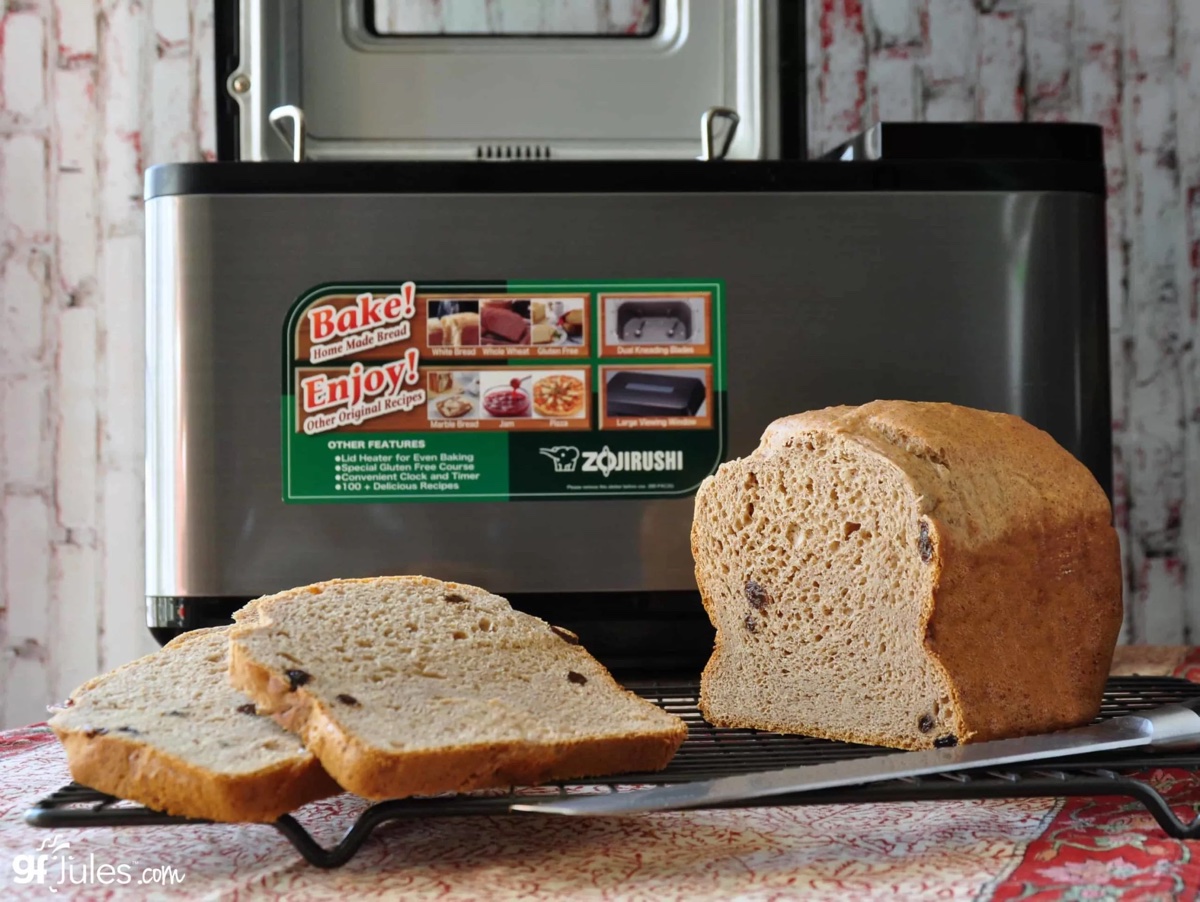
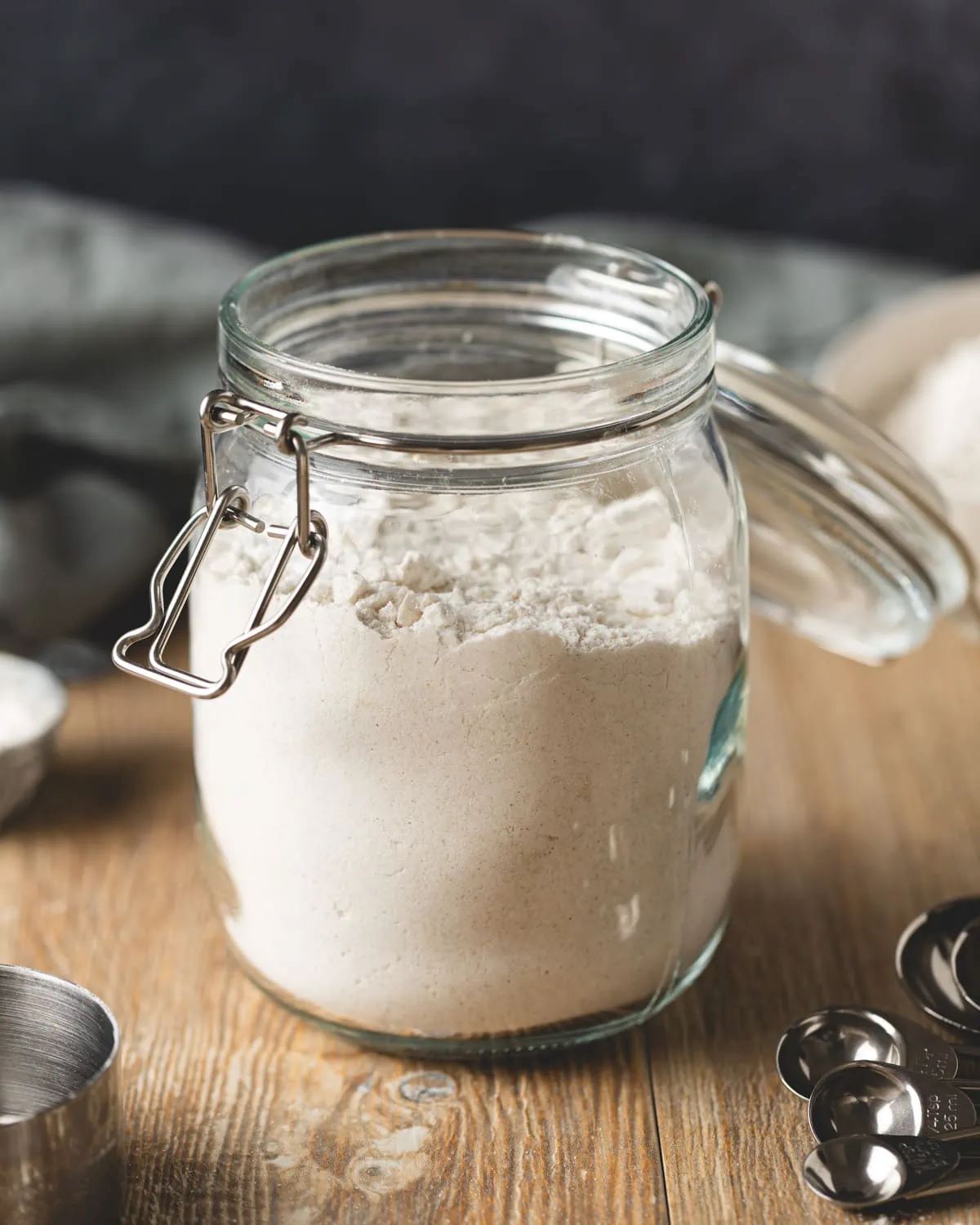
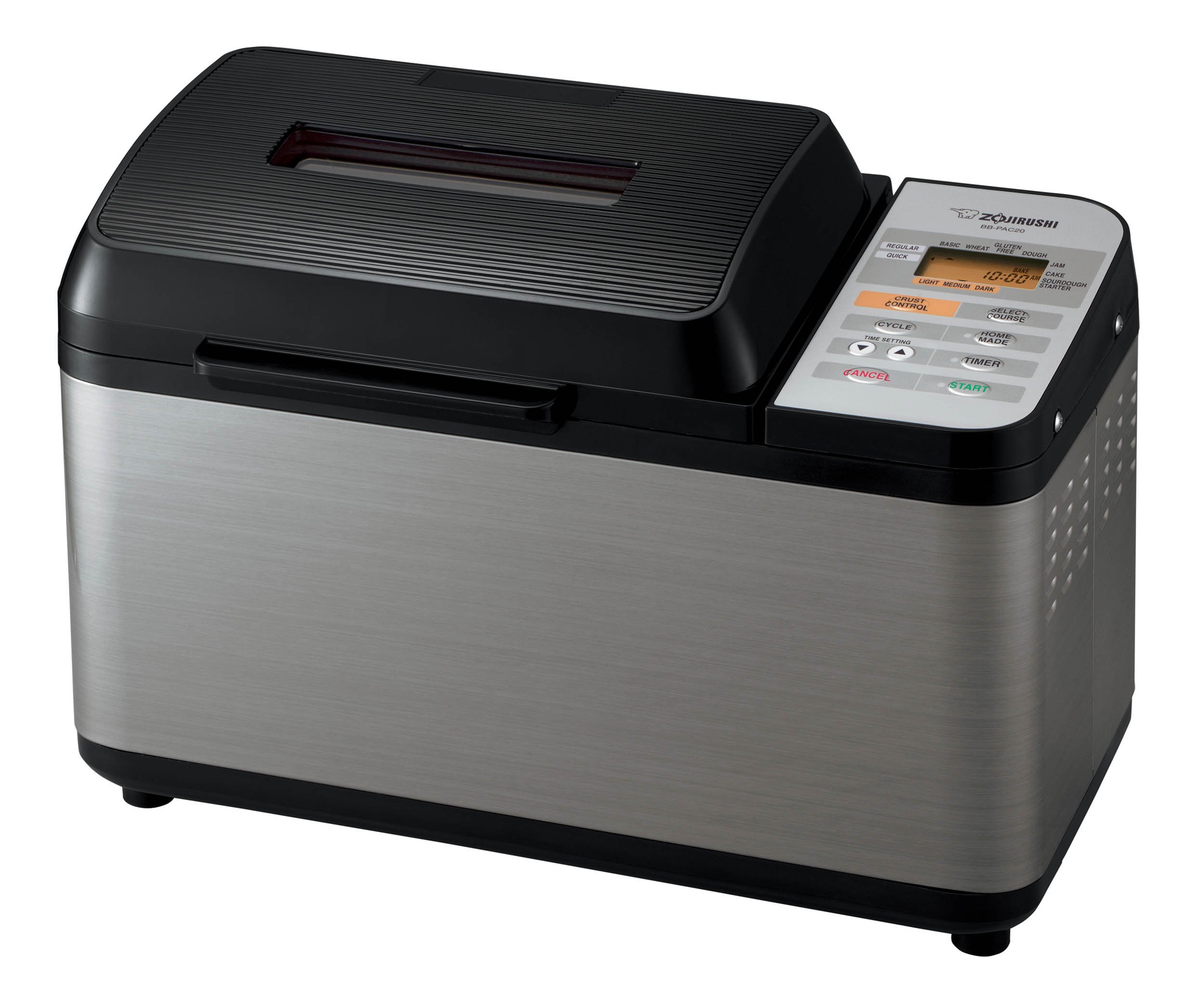
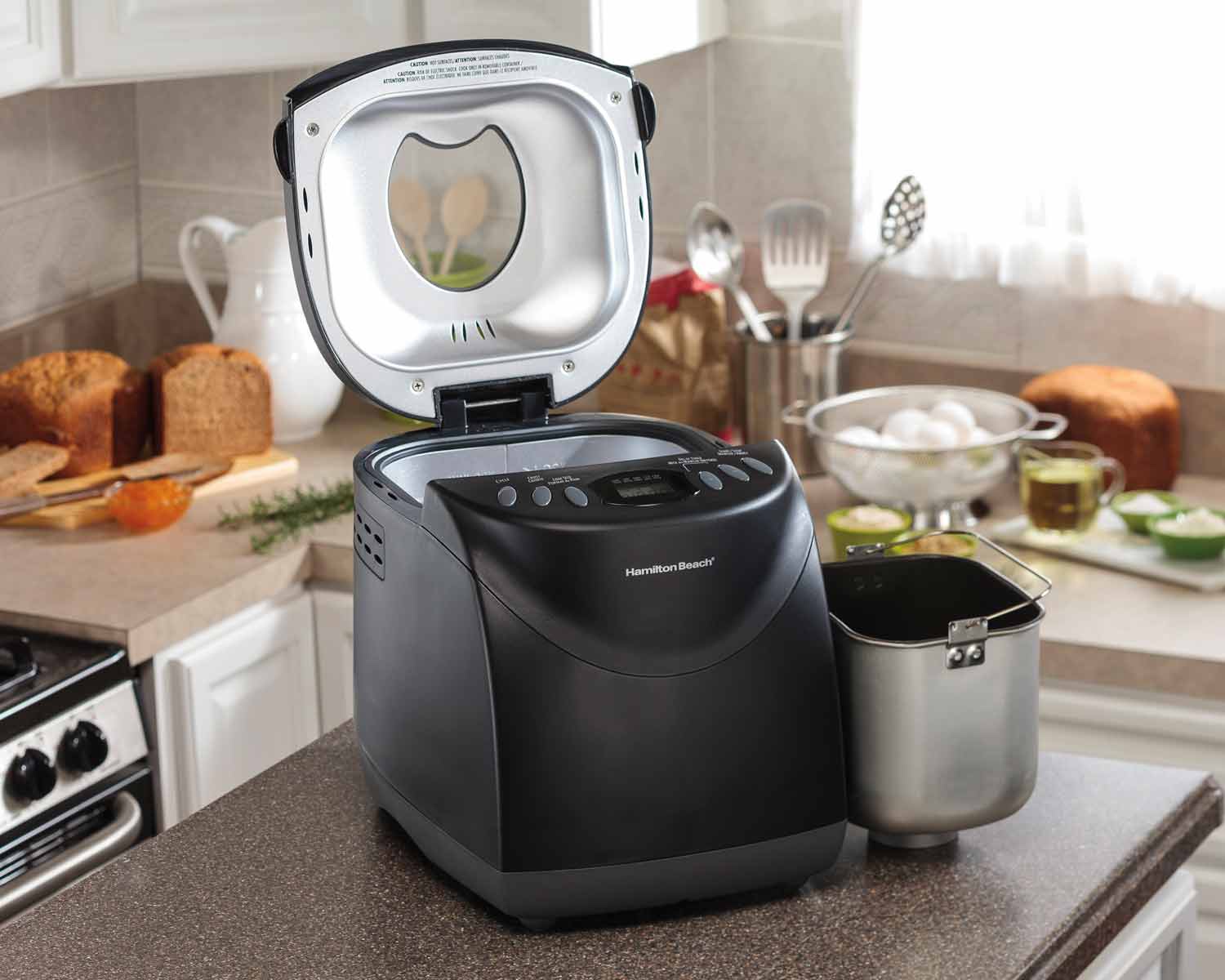

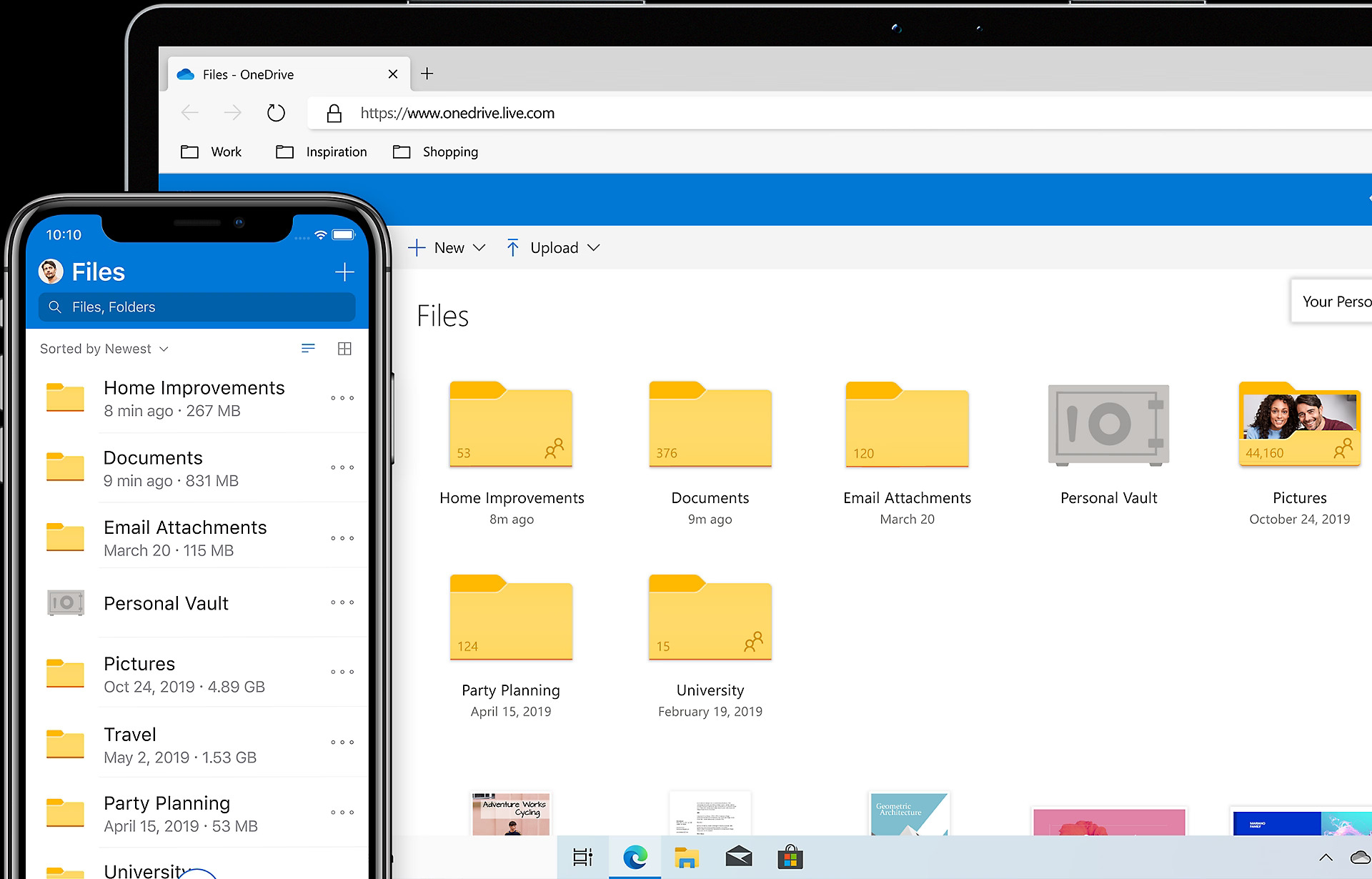


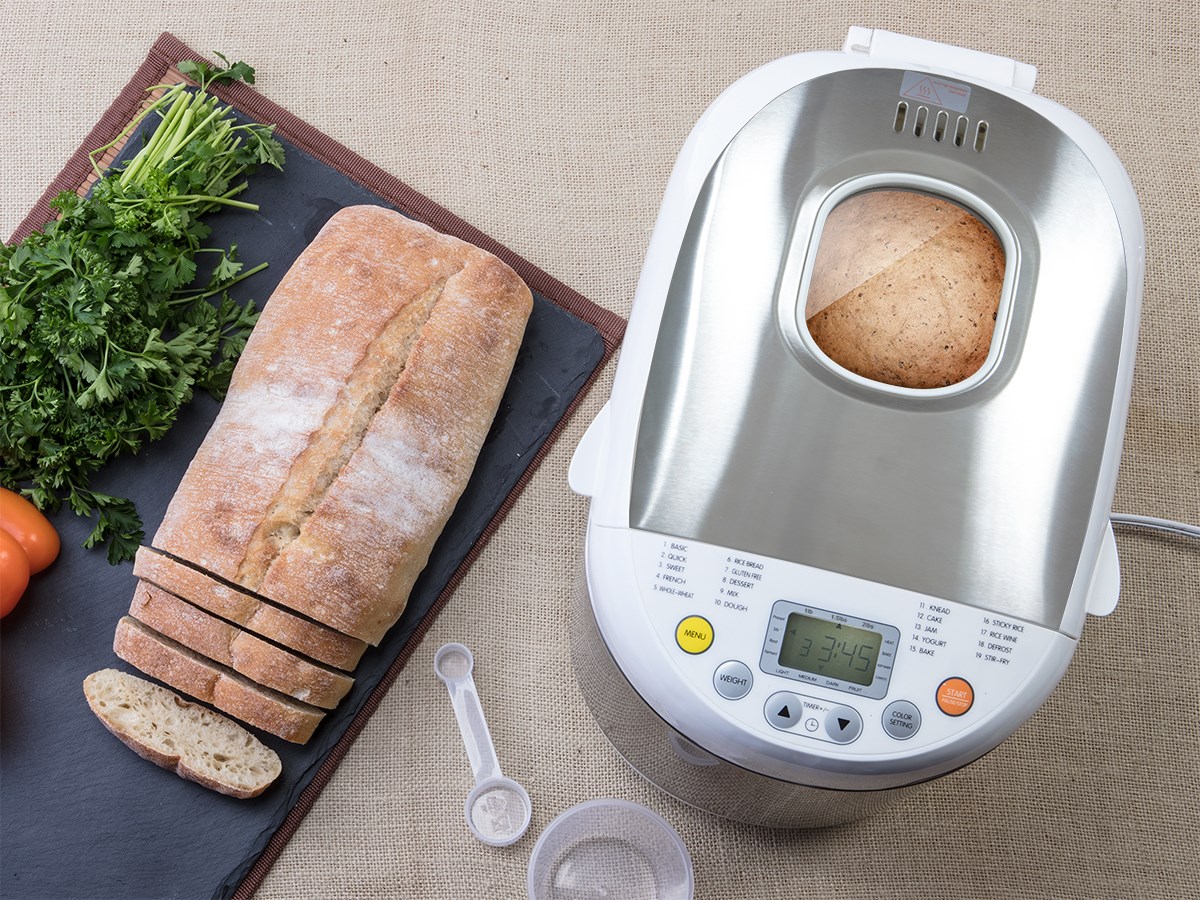
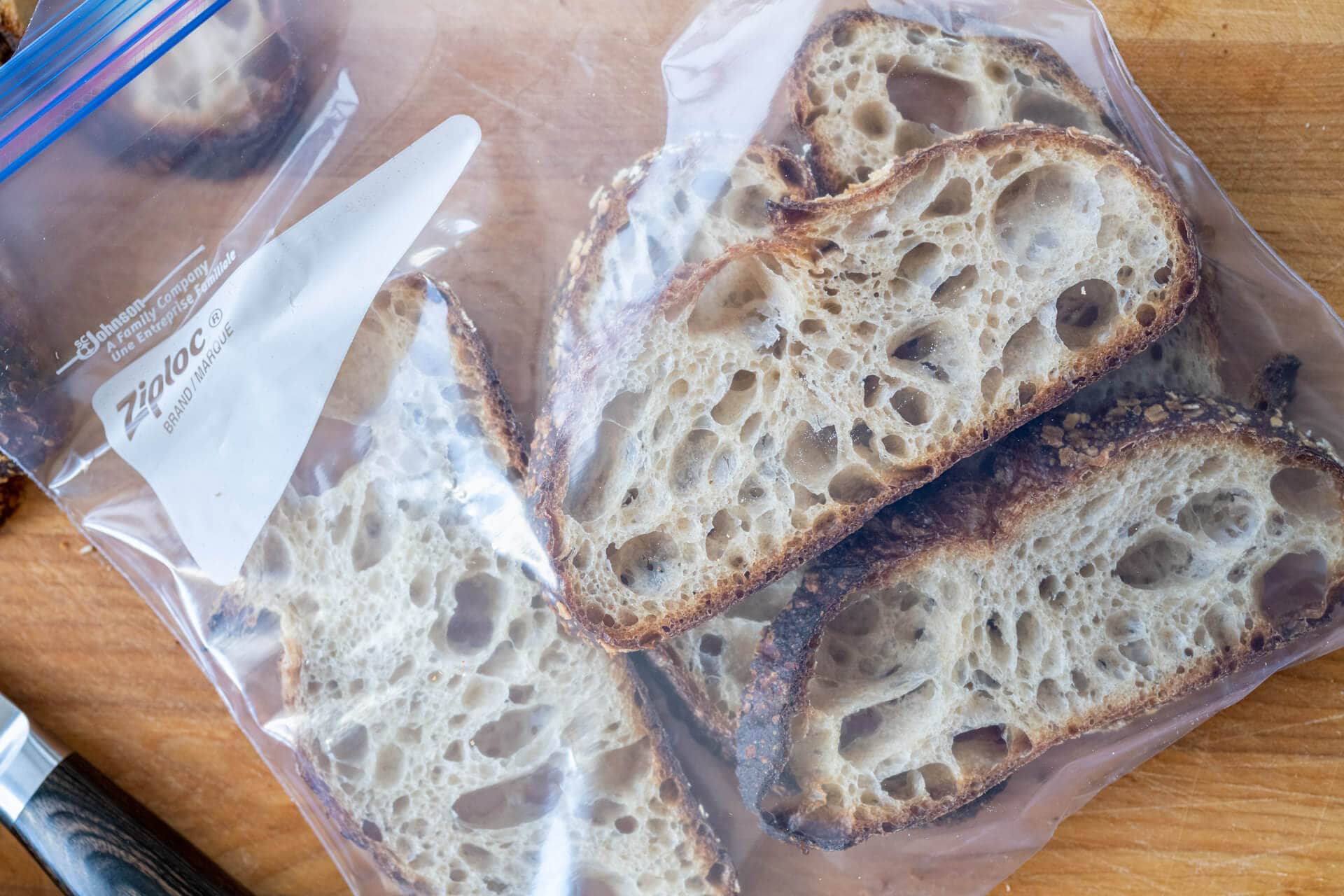
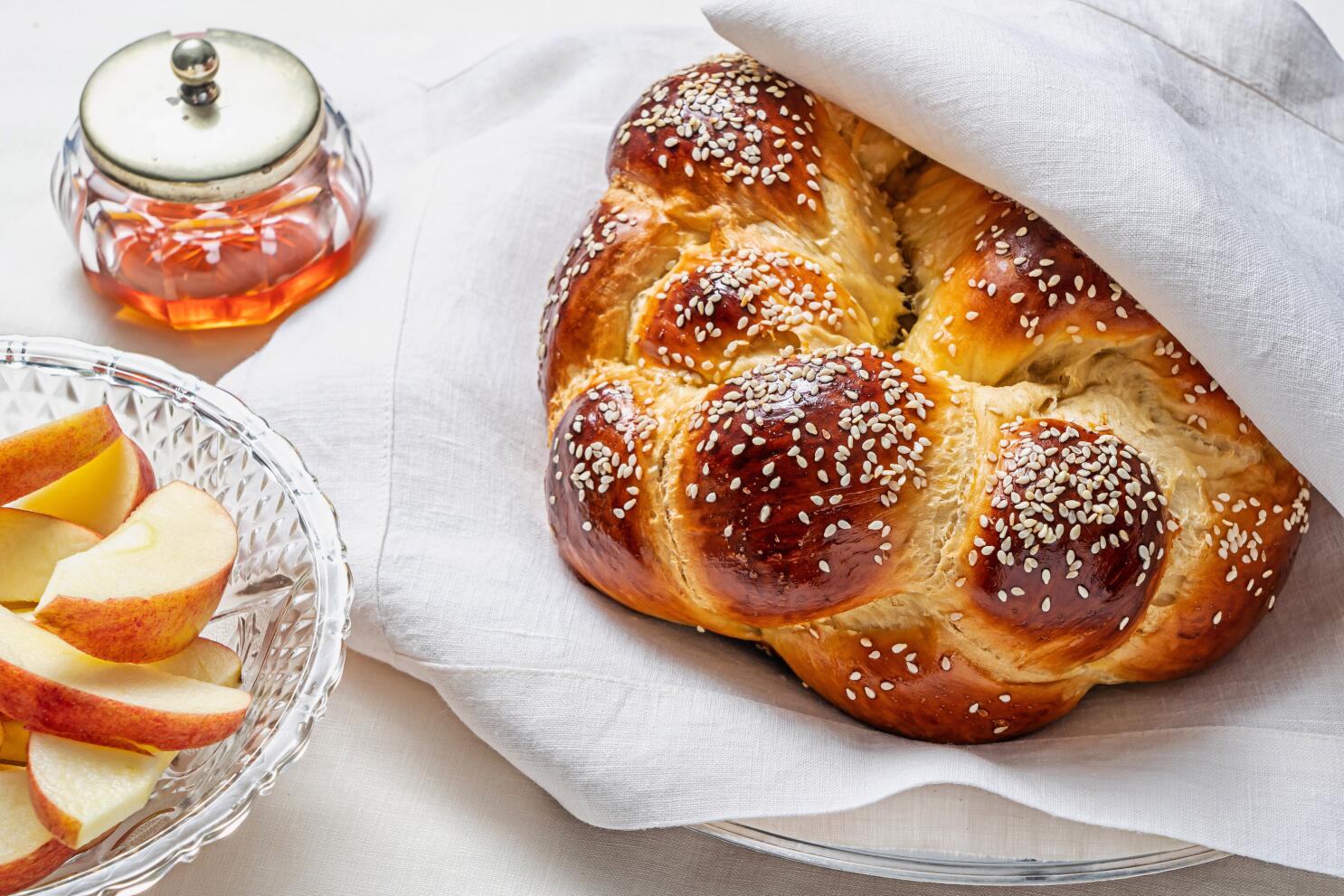

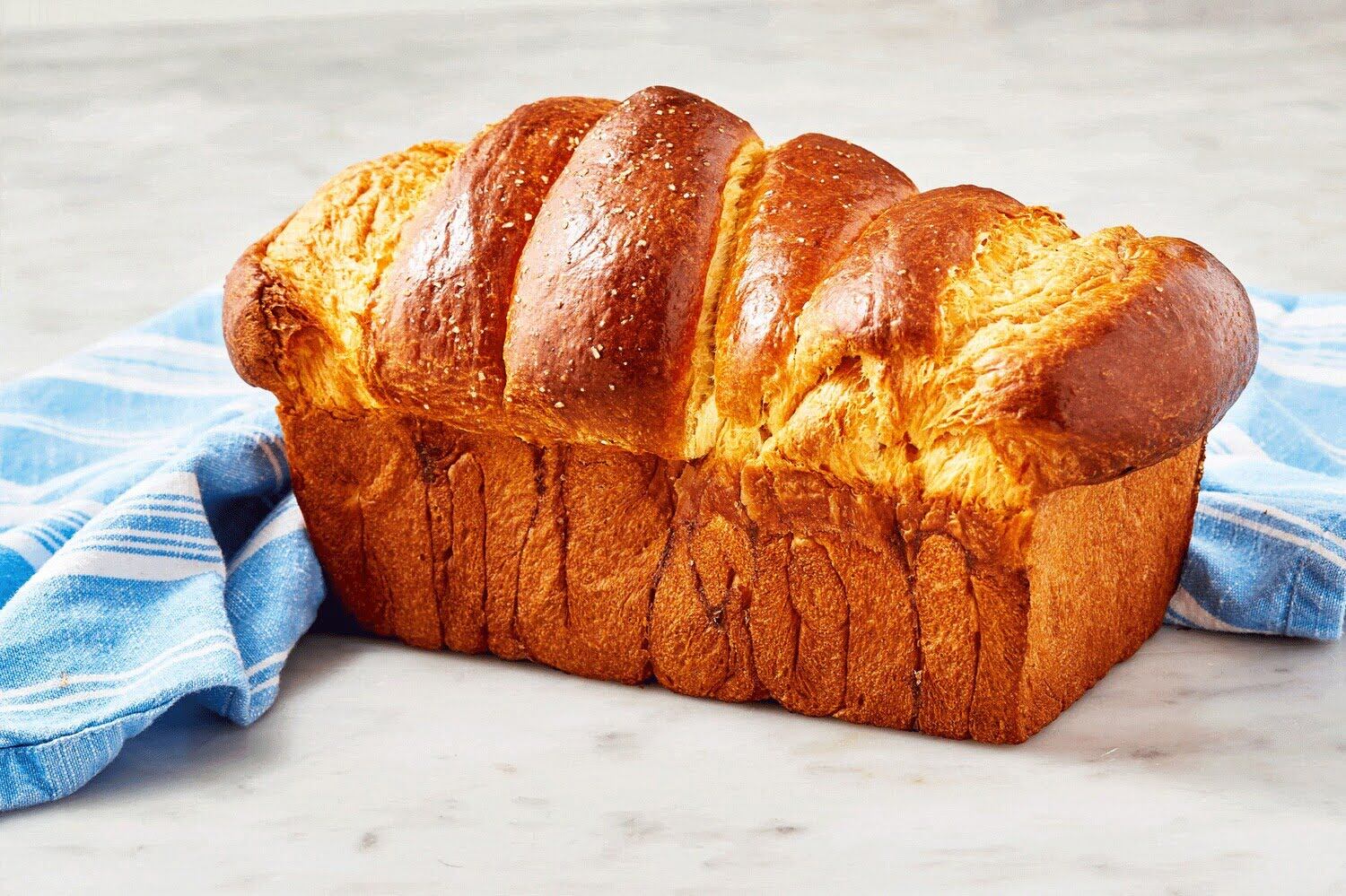
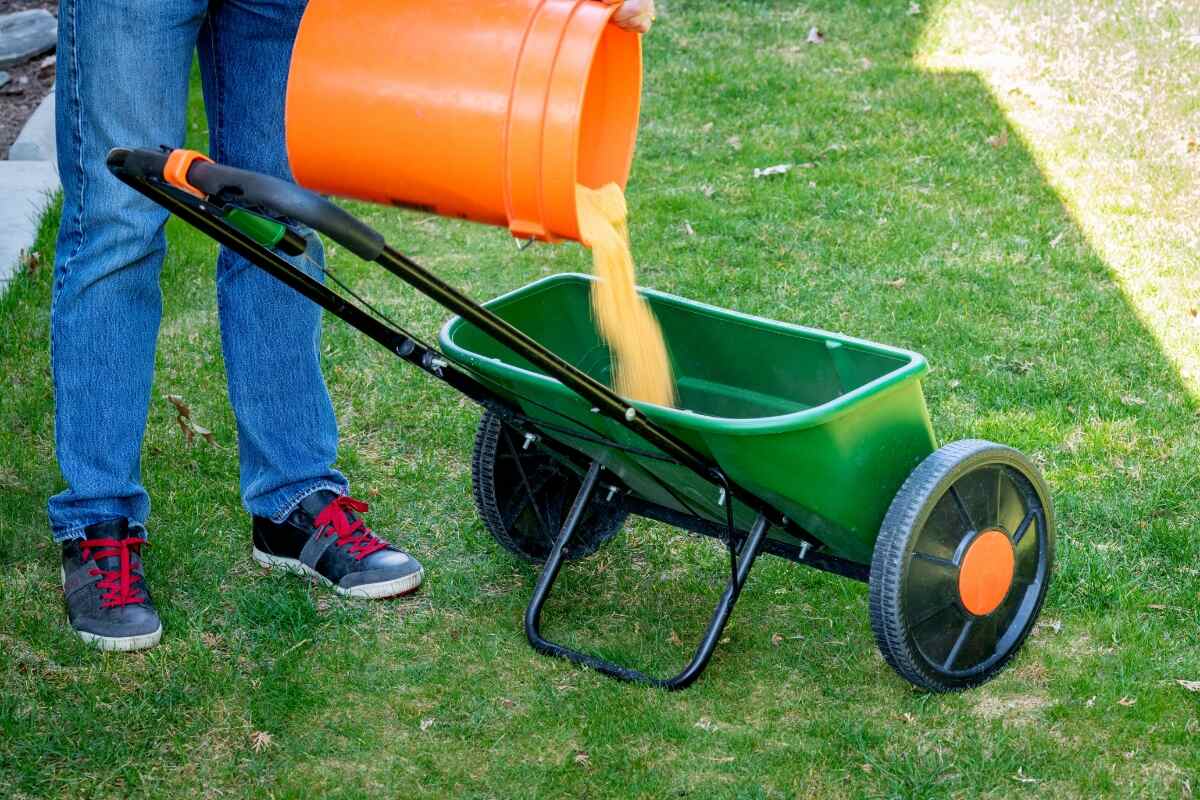

0 thoughts on “How To Store Gluten Free Bread”